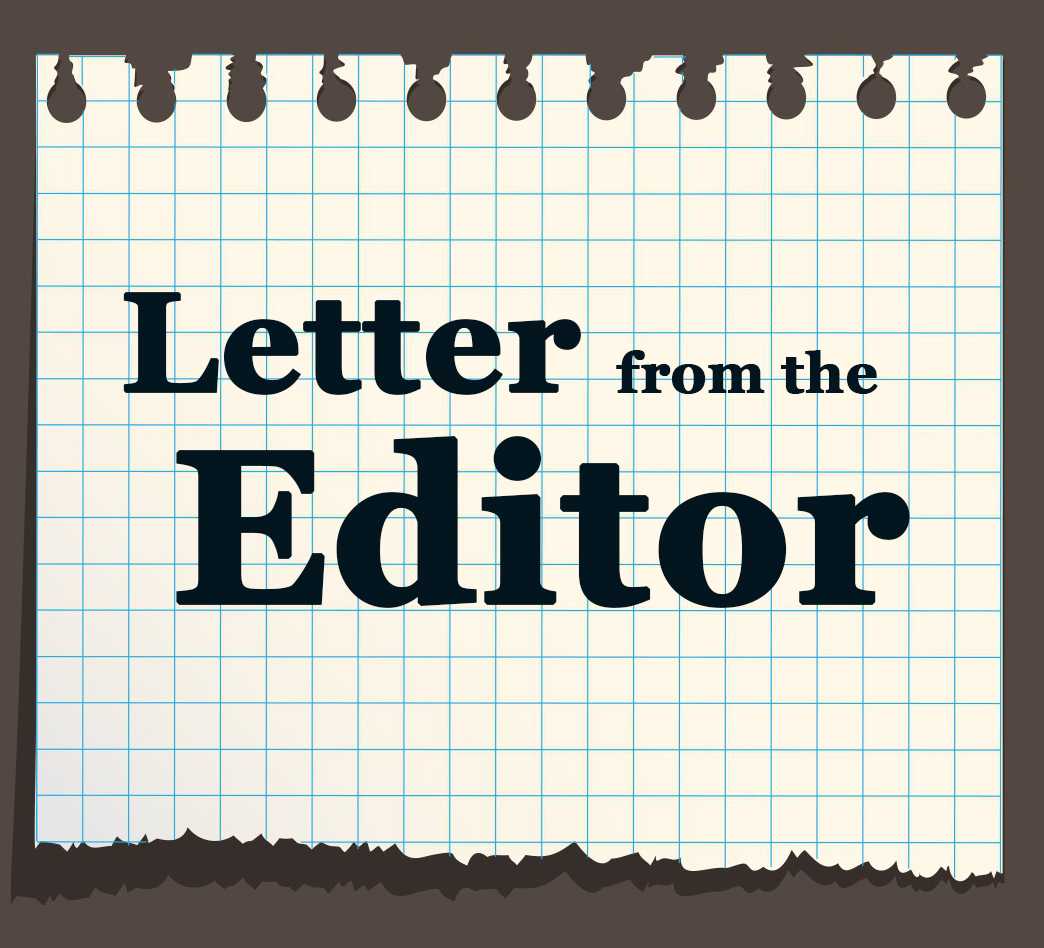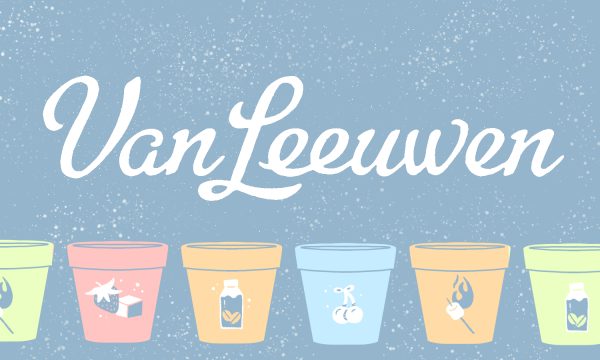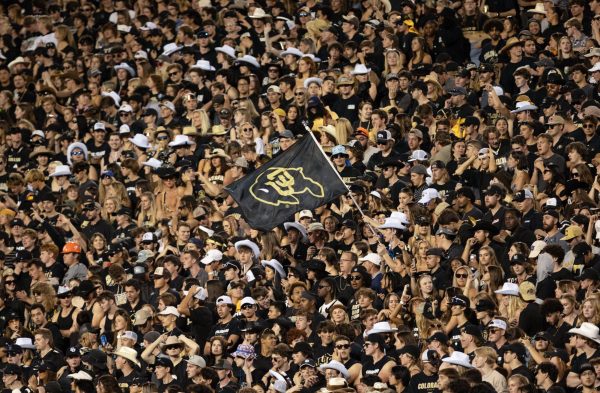LFTE: History is not black and white: Why we made this special edition
November 18, 2021

Editor’s Note: All letters from the editor reflect the views of the editorial board only and does not represent a stance taken by The Collegian.
As November is Native American Heritage Month and The Collegian staff has many history buffs, we wanted to create a special edition that would incorporate the history of this land and the stories of this city and campus we call home. The intent of this publication is to learn and understand what came before us while both celebrating and critiquing our roots, both at Colorado State University and in the Northern Colorado area.
The timing of this special edition holds significance as well — we hope to give our readers an opportunity to reflect on the nuances of history as we head into fall break, which is specifically scheduled to allow community members to celebrate Thanksgiving.
Many of our elementary schools taught us the story of Thanksgiving as one of happy moments, with humanity coming together to help each other. Yet an element to this holiday is often glossed over. Even if the first Thanksgiving was a peaceful, celebratory day of feasting — which is often taken out of appropriate context, according to Smithsonian Magazine — the following genocide initiated by colonizers of the now-called United States of America overshadows any supposed settler gratitude for Indigenous peoples.
We hope the stories here challenge your way of thinking, teach you about the land you walk on and the buildings you frequent and encourage more critical thinking of the lives lived on this land before us.”
When beginning to brainstorm for this paper, we discussed making an Indigenous history special edition, a Fort Collins history special edition and even a Hughes special edition. There are countless fascinating stories about the places we visit regularly, and we wanted to write about them all.
What we concluded was that while each history is important in its own way and worthy of its own attention, each is not entirely separate from the other. Our history is interconnected, some of it horrible and unnerving, some of it beautiful and inspiring. They exist in the history of this place, and we decided to put them side by side in this paper to show how complex a history can be.
The history of a place is not just black and white or good or bad. The ugly is often interwoven with the beautiful, which is how the topics written in this paper are. It is all written into history, and we can’t change what’s happened in the past, but we can learn from it and look forward.
We live and work on stolen land every day; we attend a land-grant University that was not land freely given. We want to do more than acknowledge where this land came from: We want to uncover its history, tell its stories and create opportunities for conversation that go beyond a rehearsed and repeated acknowledgment before a sporting event.
We hope the stories here challenge your way of thinking, teach you about the land you walk on and the buildings you frequent and encourage more critical thinking of the lives lived on this land before us.
We know we have not even scratched the surface of the entire history of Fort Collins or even CSU. We know that not all histories are ours to tell. There are important people and events that shaped this place that may have been erased from history, that we’ll never know about, and we know an entire history could never fit in the 32 pages of this newspaper. Even still, we hope this paper offers you a perspective you have not heard before or shows you something that will stick with you for years to come. Our history is powerful and what we do with it even more so.
Katrina Leibee, editor in chief
Serena Bettis, content managing editor
Devin Cornelius, digital managing editor
Reach the editorial board at letters@collegian.com or on Twitter @CSUCollegian.








